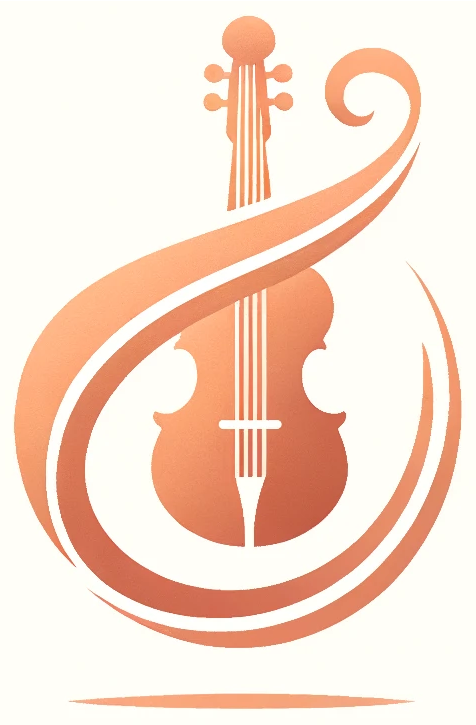Accident prevention
- When in an orchestra or a similar situation with lots of people around: make sure your instrument is out of harms way. The safest place for a violin or viola in a playing break is in the case. Don't let them lie on the chair or floor where people can sit or step on them. The same goes for your bow. Don't put it on your music stand either, it can easily fall off. Put a cello down on its side and stick the endpin back in to prevent people stumbling over it. Your bow is reasonably safe lying on the ribs of the cello. Be also a bit careful when you pick the cello up again. Over time the floor material can damage the edges. It sounds funny, but thick carpet can actually be bad as fibers can get stuck in rough spots in the wood and tear splinters out.
- When putting the instrument in its case: It's easy to forget to take the shoulder rest off when you put your instrument in the case. If you meet any resistance when closing the lid, stop! Also make sure the bows are secured so that they can't scratch the instrument. It's a good idea to wrap the instrument in a cloth or put a cloth on top of it for extra protection. Finally make sure the case is actually closed before you pick it up.... With a cello in a soft case keep in mind, that the bow is only safe with the cello in the bag. Always take the bow out before the cello and put it back in after the cello. Some cello bags also have unprotected zippers that can scratch the cello. Pull them away from the cello when you open or close them or get a different bag.
- Transporting your instrument in the car: a good place for your violin is on the floor in front of the back seat: it's in the shade and can't move around. The trunk is a dangerous place, especially in summer. It can get so hot that the varnish forms bubbles and the glue disintegrates. Like with any valuable item, don't leave your instrument unattended in the car.
- Airplanes: So far I have always been lucky with taking my violin along as hand luggage, but you can't rely on it, since the case is generally longer than allowed for cabin baggage. Check with your airline before you go, if you want to be sure. Bam does produce a case (the Hightech Overhead Violin Case) that does meet length restrictions and might be a worthwhile investment, if you fly a lot. It does not have space for a bow however. I have sown a 'sock' for my violin from polar fleece, which I could use in the cabin, if I had to check the case in. I would still have to cradle the violin during the flight, but my idea is that it would be better than nothing. Airplanes are dry places, so it's probably a good idea to use a Dampit or humidifier in the case. Also make sure that the bow hair is well relaxed. The situation is more difficult for a cello. You'll probably have to pay for an extra seat, if you want to take your cello into the cabin (if you are allowed to take it at all), otherwise it has to go in the hold. In that case use as solid a case as possible. If you fly a lot you might want to invest in a flight case. Put some padding under the tailpiece and around the bridge and stuff out empty space around the cello. The neck is also quite vulnerable, so pad that area well. You could ask your violinmaker to remove strings, tailpiece, bridge and soundpost. With the string pressure gone some more serious damage might be prevented. But then you need to have it reassembled again at your destination and you might not get the exact same set-up again. Double basses seem to get the roughest handling on planes. I wouldn't travel without a really good flight case. Maybe there is a bass that you can borrow at the other end instead? In any case it's a good idea to make sure that you have up to date insurance cover, the airline will probably not have cover for loss or damage of your instrument.
- At home: Keep your instrument in a safe place away from heat and direct sun. If you don't have a cello stand put your cello on the side, even if you keep it in the case. The case can fall over too. If you want to hang your violin on the wall choose a dry inside wall and hang a cloth behind it. You can also hang the bow on a nail. If you do, hang it with the frog pointing down, there will be less damage when it falls off.
- Storing your instrument away: If you don't intend to use your instrument for a while, have your violinmaker remove strings, bridge and soundpost. Make sure the bow hair is loosened and store instrument and bow in the case in a place where it isn't subjected to extreme temperatures or humidity. A closet could be a good place. Don't put it in a place like the garage or attic. Check it once in a while for cracks, open seams and bugs. You could add some mothballs to keep bugs away.
Posted in
Maintenance;
Tagged
Accident prevention,
Violin;
Posted
12 months ago
by
Hazel Cruise
5 Minute(s) to read
